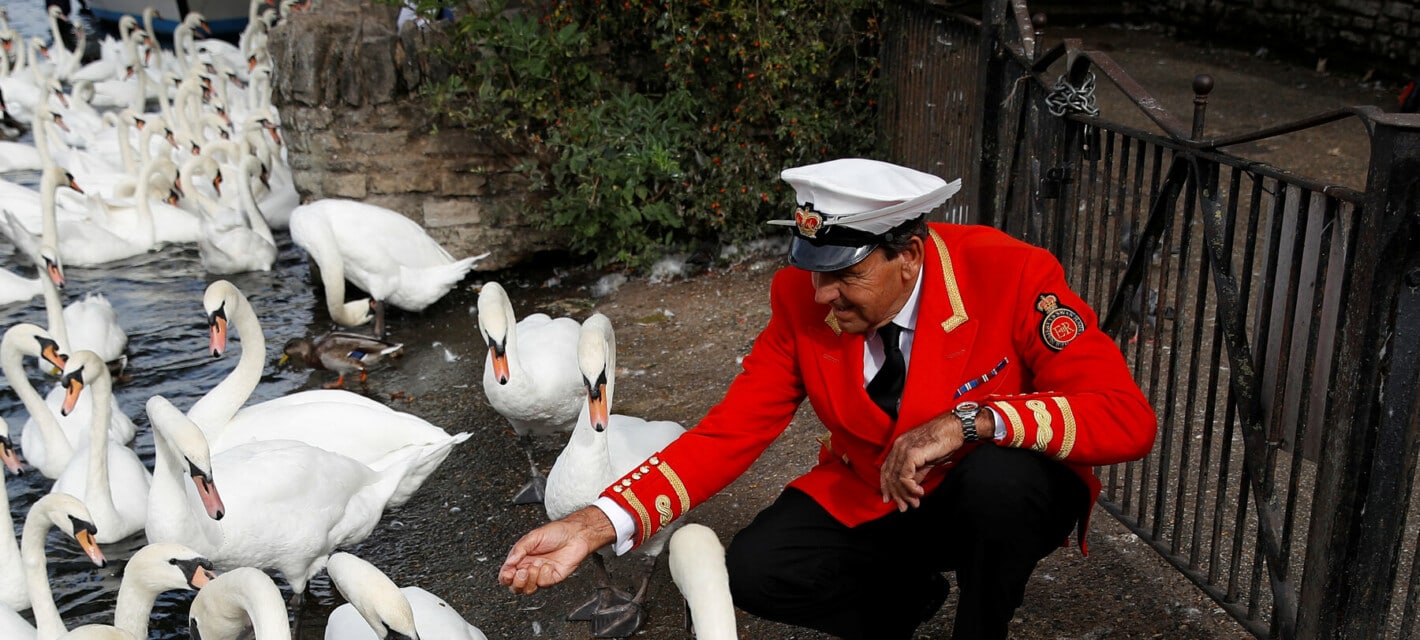The monarch of The United Kingdom, in one of those quaint and cute bits of British monarchy trivia, owns all the swans in England. Another bit of British monarchy trivia, far less cute, is that the royal family were key players in the trans-Atlantic slave trade. Below are twenty five things about those and other fascinating but lesser known British monarchy facts.
All the Swans in England are the Property of the Monarch

Relatively few people nowadays have tasted swan, but among those who have, they are reputed to be quite tasty. As the once famous and now infamous chef Mario Batali described his experience with a Christmas swan hunted in Michigan: “It was delicious – deep red, lean, lightly gamey, moist, and succulent“. In England, even fewer people nowadays can claim to have tasted swan, since killing them has been illegal since the 1980s. In a twist, all swans in England are the property of the monarch. For centuries, eating swan had been a mark of high status. However, by default, all swans belonged to the king or queen, and to legally consume the majestic birds, one had to pay.

England’s swans are deemed “royal fowl”, but for centuries, the upper classes could purchase from the monarch the right to own, sell, and eat them. Those who paid for the privilege were granted special “swan marks” to carve on the beaks of their birds. All swans not so marked remained the property of the monarch. Over time, elaborate rules and entire books were written to keep track of the markings. Swan’s popularity as a status meat began to wane in the eighteenth century. By the late nineteenth century, marking swan beaks came to be seen as animal cruelty, and the practice fell out of favor.

